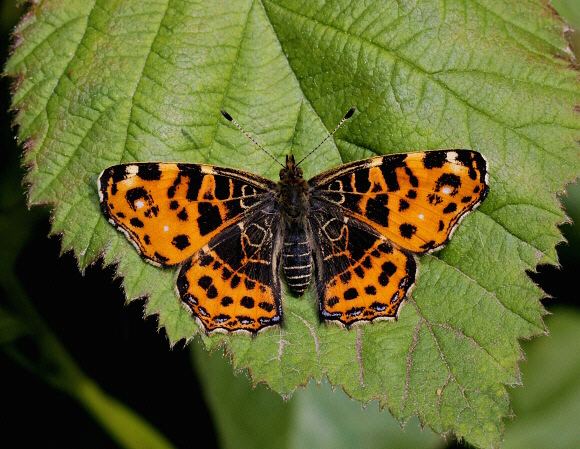Higher classification Araschnia | Scientific name Araschnia levana Rank Species | |
 | ||
Similar Araschnia, Butterflies and moths, Polygonia c‑album, Small tortoiseshell, Butterfly | ||
The map (Araschnia levana) is a butterfly of the Nymphalidae family. It is common throughout the lowlands of central and eastern Europe, and is expanding its range in western Europe. A. levana was found in Northern Scandinavia on May 30, 1973 in South-Eastern Finland, in Lauritsala, by a young lepidopterologist, Mr Jouko E. Hokka. The specimen was the first known A. levana in Northern Europe, excluding Denmark.
In the UK this species is a very rare vagrant, but there have also been several unsuccessful – and now illegal – attempts at introducing this species over the past 100 years or so: in the Wye Valley in 1912, the Wyre Forest in the 1920s, South Devon 1942, Worcester 1960s, Cheshire 1970s, South Midlands 1990s. All these introductions failed and eggs or larvae have never been recorded in the wild in the UK. (Under the Wildlife and Countryside Act 1981 it is now illegal to release a non-native species into the wild.)
The map is unusual in that its two annual broods look very different. The summer brood are black with white markings, looking like a miniature version of the white admiral and lacking most of the orange of the pictured spring brood.
The eggs are laid in long strings, one on top of the other, on the underside of stinging nettles, the larval food plant. It is thought that these strings of eggs mimic the flowers of the nettles, thereby evading predators. The larvae feed gregariously and hibernate as pupae.
